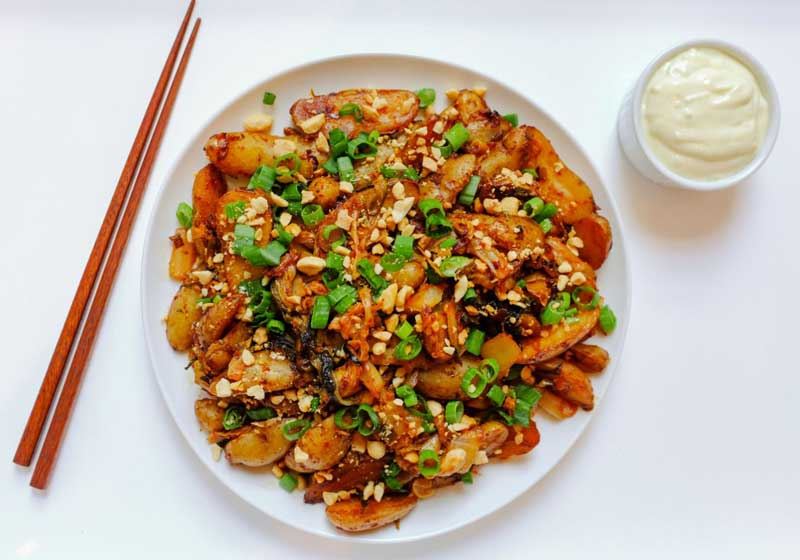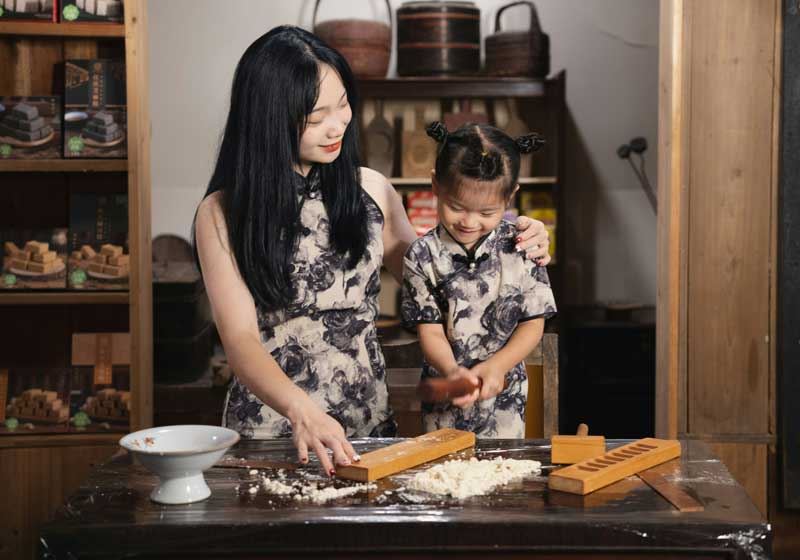By Marie-Antoinette Issa.
In modern gastronomy, the line between fusion and confusion can be perilously thin. A drizzle too far, a garnish too clever and suddenly what began as an homage becomes an inedible hodgepodge.
Yet, when done with intention and respect, fusion can be one of the most beautiful expressions of identity on a plate. It’s where memory meets innovation, where the flavours of one’s ancestry dance with the techniques of a new home.
Across Australia, the children of migrants are reimagining the recipes that once simmered in their family kitchens, not to replace them but to keep them alive. Diaspora cooking, when done right, is an act of preservation disguised as reinvention. The key lies in understanding not just what you’re fusing but why.
Start with memory, not menu
The best dishes begin with a story. Before you reach for the soy sauce and Parmesan, think about what your food represents. Is it a Sunday ritual you grew up with? A scent that reminds you of your grandmother’s kitchen? A dish that marked celebrations or comforted you through homesickness?
A practical way to begin is to pick one food memory and one local technique or ingredient you love, then see where they meet. If you grew up on Palestinian makloubeh, perhaps you reinterpret it as a one-pan baked rice using Australian mushrooms and local zucchinis.

If your Nonna made ragu every Sunday, maybe you capture that comfort in a miso-boosted tomato sauce - a real case of memory guiding technique rather than trend dictating flavour.
Memory is your compass. It helps keep a dish sincere rather than gimmicky.
Know your roots and your rules
To bend the rules, you must first learn them. Every cuisine has a rhythm: the way spices are layered, sauces reduced, dough rested. Respecting those foundations means your reinterpretation will always feel grounded, no matter how bold the twist.
If you’re making a Lebanese-inspired taco, know what makes toum toum - slow-whipped emulsification, not garlic mayo. That knowledge tells you toum is too loose for a taco unless stabilised, so you might fold it into labneh to create structure.
If you’re weaving miso into pasta, understand that miso isn’t just salty - it carries sweetness and funk that mirror Parmigiano’s complexity. This is why miso carbonara works: it builds umami, not chaos.
Learning technique protects your dish from confusion. It ensures your twist has purpose rather than shock value.

Let ingredients lead
Ingredients carry cultural memory. They tell stories of land, season and survival. One of the most elegant ways to honour your heritage while evolving it is through produce.
Using what’s local doesn’t dilute your roots, it deepens them. Swap olive oil for macadamia oil when finishing a Caprese - you keep the spirit of the salad while inviting Australia into the bowl. Replace imported eggplants with native Australian bush tomatoes in a smoky relish that nods to both baba ganoush and bush tucker wisdom.
Use Murray cod instead of snapper in your family’s fish curry, or incorporate finger lime pearls into ceviche for a burst of acidity that feels right at home here.
Ask yourself: what ingredient here achieves the emotion of that ingredient there? That’s where diaspora cooking thrives.

Fusion is flavour, not theatre
Too often fusion falls into the trap of performance, where shock value outweighs substance. A sushi burrito or butter chicken pie might make headlines but rarely heritage. The goal isn’t to combine for the sake of novelty but to connect with meaning.
Think small, thoughtful pairings: labneh dolloped into a Mexican-style spiced tomato stew because tang cuts through heat; yuzu replacing lemon in a prawn dressing because its floral acidity lifts Australian seafood; kimchi folded through roasted potatoes because fermentation adds dimension without overwhelming. These combinations work because the flavours complement and elevate each other, not because they’re outrageous.
Good fusion is quiet confidence. It feels inevitable once you taste it.
Reinvention for a new generation
For many second and third-generation cooks, fusion isn’t an experiment, it’s identity. It reflects the complexity of belonging, of feeling at home in more than one place. To do diaspora cooking right is to give permission for that duality to live freely in food.

Perhaps you swap saffron for wattleseed in your family rice pudding because its nutty warmth mirrors the comfort you grew up with. Maybe your Christmas table includes Australian prawns served with a tahini-lime dressing, or you fold Vegemite into Korean fried chicken batter for a hit of deep, salty umami. Reinvention isn’t rebellion – it’s acknowledgement. It says: this is who I was raised to be and this is who I’ve become.
The soul of fusion
At its best, diaspora cooking is a dialogue between past and present, homeland and adopted home. It doesn’t dilute, it deepens. It celebrates the layered reality of migration, reminding us that authenticity isn’t static - it’s inherited, interpreted and ultimately lived.
The truth is, every cuisine we now call ‘classic’ was once fusion. Trade routes, migration and discovery have all stirred the global pot for centuries. What matters now is intention. When we cook with care, fusion stops being confusion. It becomes connection.
In the end, diaspora cooking isn’t about blending cuisines. It’s about blending selves - one dish, one story, one delicious contradiction at a time.





